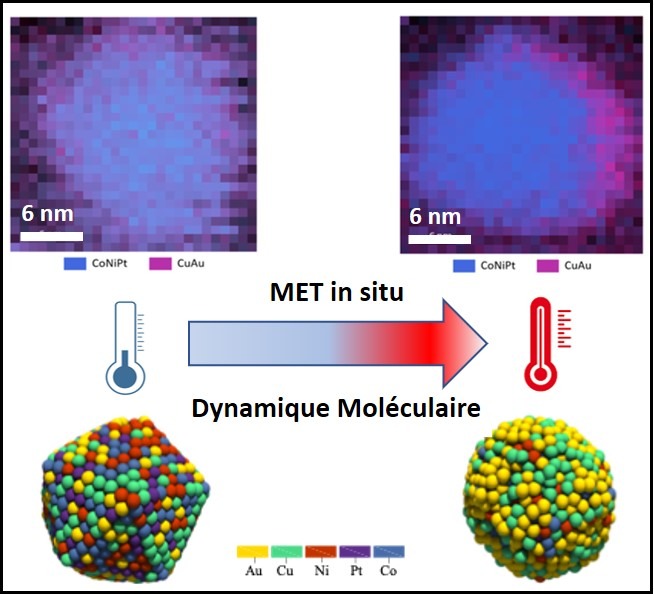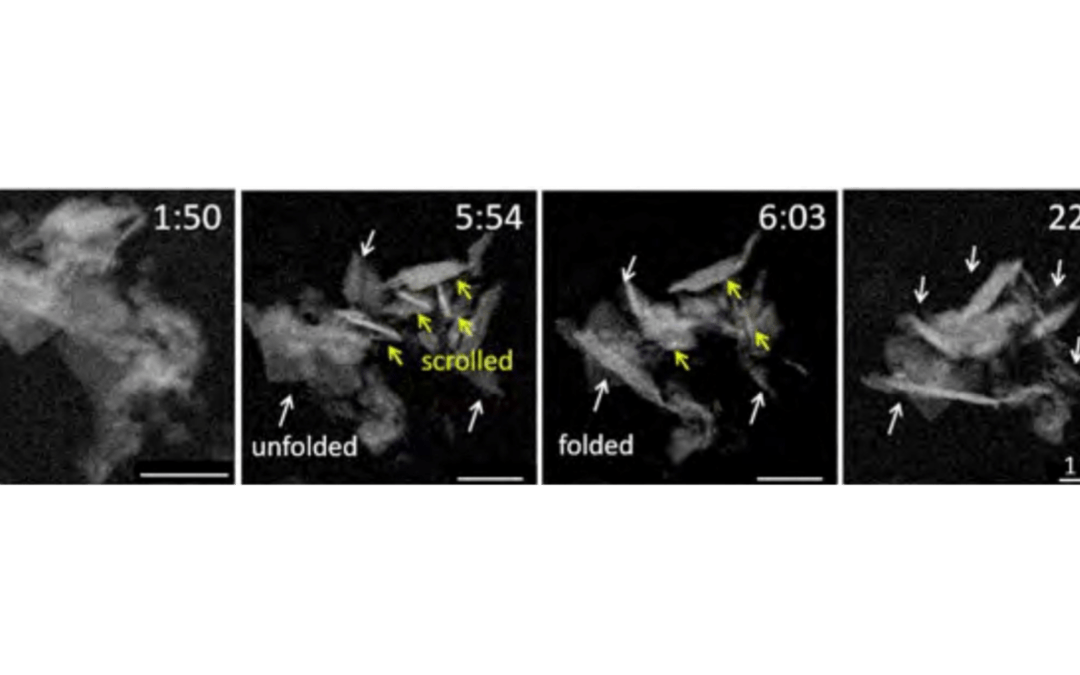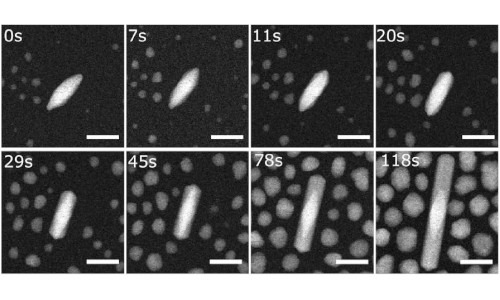Laboratoire: MPQ (Matériaux et Phénomènes Quantiques), Université Paris Cité & CNRS
Adresse: Bâtiment Condorcet – 10 Rue A. Domon et L. Duquet – 75013 Paris
Directeur de stage/thèse: Nathaly Ortiz Peña
Tel: 0157276983
e-mail: nathaly.ortiz@u-paris.fr
Scientific project:
This internship will focus on the systematic study of the electron beam effect in the observation in operando conditions with the EC-TEM of the water reduction over electrodeposited Pt and Pd nano-assemblies. We look to quantify the synergistic effect between the electrochemical potential and the electron beam dose during the production of H2. The student will be involved from the sample deposition by nanopipette technique electrodeposition with a highly resolved optical microscopy technique followed by in situ EC-TEM observations and data treatment. The student should be able to implement tools to track morphological evolution from in situ recordings and correlate them to the electrochemical information.
Methods and techniques: in situ electrochemical transmission electron microscopy, electrocatalysis, high resolution optical microscopy, correlative multiscale
À lire aussi

Stabilité thermique des nanoalliages à haute entropie : réalité ou chimère ?
En étudiant à l’échelle atomique le comportement thermique de nanoparticules composées d’or, de cobalt, de cuivre, de nickel et de platine, des scientifiques ont révélé que la stabilité de ces nanoalliages dits à haute entropie est beaucoup plus faible qu’espérée, car...

Neutralisation des nanoparticules dans les cellules pulmonaires
Comment l’organisme réagit-il en cas d’inhalation de nanoparticules ? Dans une collaboration impliquant les chercheur.se.s de l’équipe MEANS au laboratoire MPQ, l’évolution de nanofeuillets de disulfure de molybdène dans des poumons de souris a pu être suivie jusqu’à...

Révéler les secrets de la synthèse des nanoalliages anisotropes
La synthèse des nanomatériaux par voie chimique s’est longtemps développée de manière empirique à cause du manque de techniques permettant de sonder la dynamique des nano-objets en milieu liquide. Depuis quelques années, des approches dites « in situ » ont vu le jour...

Des nano-étoiles en or aux multiples facettes
Des chercheurs du laboratoire Matériaux et Phénomènes Quantiques ont observé par microscopie électronique la croissance en milieu liquide de nano-étoiles en or. La forme très particulière de ces nanoparticules leur confère des propriétés optiques très prometteuses...
